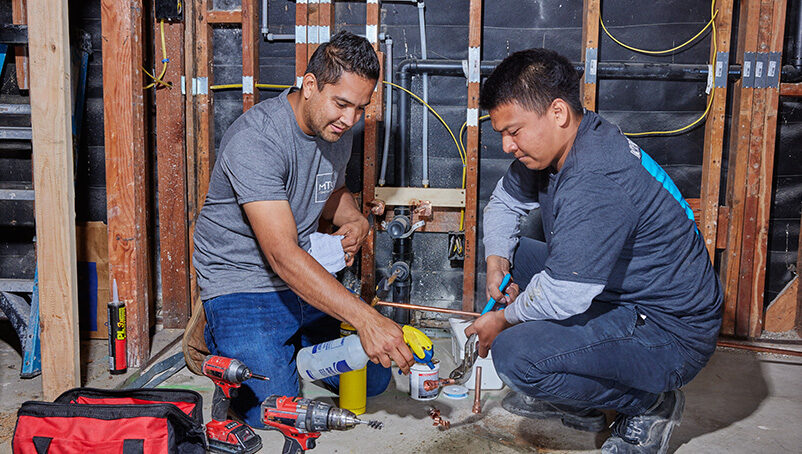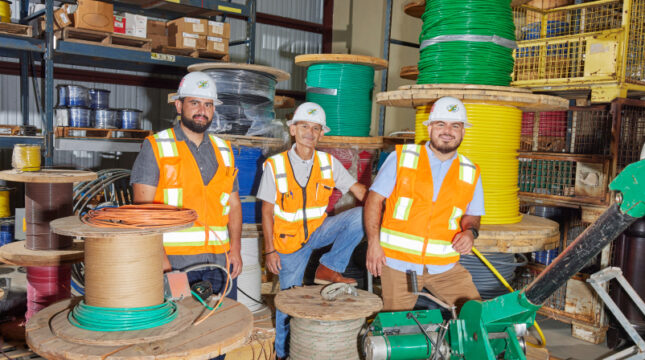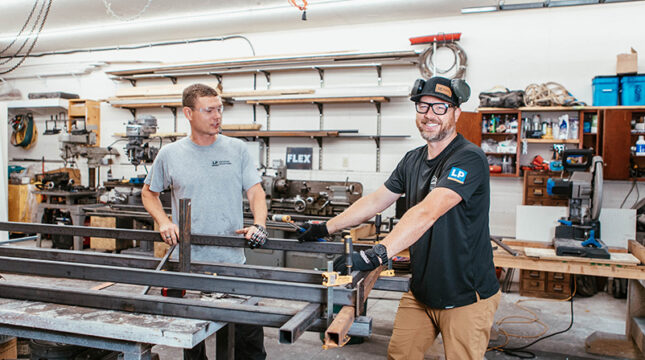1. Understand workplace safety risks
If your workplace is unsafe, you, your employees, customers, suppliers or anyone else could get injured or evenrisk fatalities. A small accident might mean you have to close your business temporarily. But if someone suffers a more serious accident, your business could have to close for weeks or months — even permanently.
Businesses may also face lawsuits or workers’ compensation claims, even if they don’t believe they were at fault. According to the National Safety Council, in 2022, workplace injuries cost $167 billion, including wage and productivity losses, medical expenses, and administrative costs.
Further, in 2024, the Occupational Safety and Health Administration (OSHA) may fine businesses up to $16,131 per serious violation and $161,323 for repeated violations.
2. Know your responsibilities as an employer
Under the federal OSHA law, employers must “provide a safe workplace.” U.S. health and safety standards apply to all businesses.
The law also requires employers to examine job site conditions to make sure they meet OSHA standards, provide employees with safe and properly maintained equipment, provide workplace safety training and more. Generally, OSHA recommends the following to general industry employers:
- Hazard communication standard. This standard is designed to ensure employers and employees know about hazardous materials in the workplace and how to protect themselves.
- Emergency action plan standard. OSHA recommends that all employers have an emergency action plan that describes what employees should do to ensure their safety in a fire or other emergency situation.
- Fire safety. OSHA recommends that all employers have a fire prevention plan.
- Exit routes. All employers must comply with OSHA’s requirements for exit routes.
- Walking/working surfaces. Falls (from heights and same levels) are among the leading causes of serious injuries and deaths.
- Medical and first aid. OSHA requires employers to provide medical and first-aid personnel and supplies commensurate with the hazards of the workplace.
Many industries must meet safety standards and regulations specific to their lines of work. Business owners are responsible for reviewing these safety rules and ensuring their workplaces comply.
3. Stay current with licenses and business insurance
It’s also an owner’s job to stay current with licenses, certifications and business insurance. These requirements can depend on your industry and location, so check your state government’s resources for more details.
You’ll also want to ensure all contractors and vendors you work with have the necessary licenses and insurance before you hire them.
Unfortunately, workplace accidents can still happen even if you train employees and ensure you’re in compliance with OSHA standards. The following types of business insurance can help protect your business from major financial losses:
- General liability helps protect you if you’re held responsible for an injury to someone other than your employees at your workplace or for property damage.
- Workers’ compensation can help cover the costs of medical expenses and lost wages if your employee is hurt on the job. It’s a required coverage in most states.
- Professional liability (aka errors and omissions) coverage can help if you’re accused of making professional mistakes.
- Commercial property can help protect your gear, goods and buildings from covered events such as fires, water damage, theft and more.
- Commercial auto coverage helps cover your business from unexpected expenses if you or your employees are involved in a vehicular accident.
Because different industries have risks specific to how they work, you can combine different kinds of insurance according to your needs.
4. Conduct regular safety training
As a business owner, you set the tone for your workplace. If you’re too casual about safety procedures, workers may also disregard it.
Employers should provide proper training to all employees, covering topics such as emergency procedures, proper equipment use and safe work practices. This ensures that everyone is aware of potential hazards and knows how to mitigate them.
Always train new employees and workers on how to safely operate in your workspace, and make sure they understand relevant safety regulations. You may also consider sponsoring your employees to take additional certified safety courses.
Consider holding regular safety meetings; for instance, if you are in the construction industry, you can hold “toolbox talks” to keep employees aware of safety concerns. Keep your team up-to-date on any new procedures or protocols, and take time to make the meetings interesting and accessible.
5. Maintain a clean and organized workplace
A cluttered and disorganized workplace can increase the likelihood of accidents. Employers should enforce cleanliness standards and encourage employees to keep their work areas tidy.
This includes proper storage of materials, regular cleaning of spills and removing any obstacles that could cause trips or falls. You’ll also want any workplace hazards clearly labeled with signage and keep emergency exits clear.
6. Implement a hazard reporting system and encourage communication
Employers should establish a system for employees to report unsafe conditions or share their concerns for potential dangers. It’s important for employees to feel comfortable reporting hazards, suggesting improvements or seeking clarification on safety procedures.
Creating a reporting system will encourage a proactive approach to safety and allow employers to address issues promptly. Regularly reviewing and acting upon these reports demonstrates the commitment to maintaining a safer work environment.
7. Provide appropriate personal protective equipment (PPE)
If your job requires safety equipment, provide the protective gear to your employees. That includes PPE, such as safety goggles, gloves, helmets or hard hats, or respirators. Regularly inspecting and replacing damaged or outdated PPE is crucial to ensure its effectiveness.
8. Regularly inspect and maintain equipment
If you use equipment in your line of work, you’ll want to ensure it’s in good working order. Establish a routine inspection and maintenance schedule for all equipment and/or machinery such as ladders, forklifts or other heavy machinery. Regular checks help identify any defects or malfunctions that could pose safety risks.
Prompt repairs or replacements ensure that equipment remains in safe working condition, reducing the chance of accidents or injuries.
9. Don’t ignore proper ergonomics
Ergonomics is the science of preventing workplace injuries through human-centered design — or simply, designing a job to fit a worker. Jobs that require uncomfortable postures and/or repetitive actions might result in several musculoskeletal ailments over time.
These could include common conditions such as:
- Tendonitis
- Carpal tunnel syndrome
- Tennis elbow
- DeQuervain’s disease
- Neck tension
- Eyestrain
- Back pain
Employers can help educate employees on the importance of ergonomics and provide ergonomic equipment when necessary. By encouraging proper posture, regular breaks, and stretching exercises you can help improve employee well-being and productivity.
10. Develop and practice emergency response plans
Practicing how to respond in case of weather events, equipment failures or injuries can make a big difference in a real emergency. Even simple procedures such as knowing where the first aid kits and fire extinguishers are can make a difference.
Conducting regular drills for fire, evacuation, or other potential emergencies helps employees react quickly and effectively. Maintaining emergency exits, providing clear evacuation routes, and posting emergency contact information are vital for ensuring everyone’s safety.
11. Encourage a safety-minded culture
Building a safe work environment isn’t a one-time thing; it’s an ongoing practice that requires education and training.
There are things you can do to promote an ongoing culture of safety. For instance, you could:
- Recognize and reward safe behavior. This can include incentives, safety awards, or public recognition for employees who consistently follow safety protocols.
- Model safe behavior. When you’re at work, always wear appropriate safety gear, use good posture and make sure workers see you following safety guidelines.
- Don’t rush. Safety violations are more likely to occur when there’s time pressure. Encourage workers to take the necessary time, and never ask them to take shortcuts.
- Take regular breaks. A tired worker is a safety hazard for everyone. Make sure everyone has opportunities to rest after long periods of work, especially before completing critical tasks.
By prioritizing safety as a core value, employers can create an environment where everyone is actively engaged in maintaining a safe workplace.






